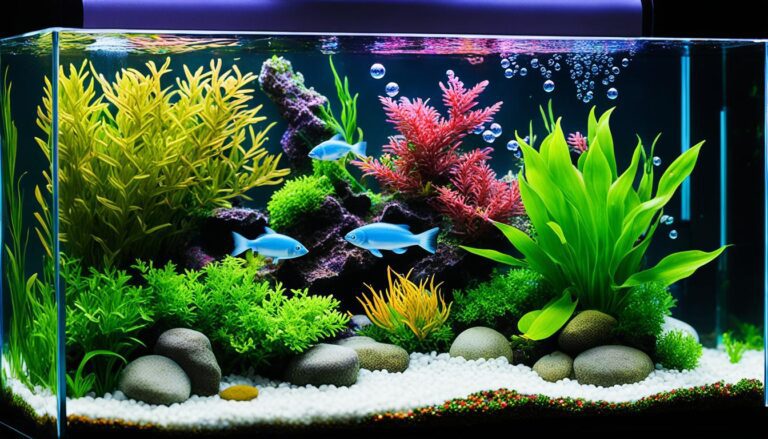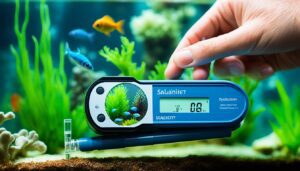I’m a big fan of using air stones in my aquarium—they really make a difference. Not only do they help keep the water well-oxygenated, which is super important for fish like Betta and Goldfish, but they also add a cool, calming effect to the tank’s overall look.
What I love even more than the visual appeal is what they do for the tank’s health. Air stones help prevent harmful bacteria from growing, keeping the water safe for my Koi and plants. It’s a simple addition, but it goes a long way in maintaining a healthier environment.
Most air stones are made of durable plastics, so they last quite a while, which is always a plus. Choosing the right one for your tank matters though. For example, nano air stones are perfect for creating tons of small bubbles without much noise, which is great if you want that quiet, peaceful vibe.
Another awesome benefit? Using air stones means I don’t have to clean the tank as often. They help keep things running smoothly. And taking care of them is a breeze—just give them a good clean with bleach, rinse thoroughly, and let them dry. Keeping them clean is key to making sure they keep working efficiently.
One thing I’ve learned is how much air stones can save the day, especially during power cuts. Fish depend on that oxygen, and when the power’s out, you realize just how important those little stones are. Studies and aquarium pros agree—air stones are way more effective than just relying on water movement at the surface.
In the end, air stones are a must-have for any aquarium. They keep the water full of oxygen, making life better for your fish and plants. It’s one of those simple upgrades that makes a big impact!
Understanding Air Stones in Aquariums
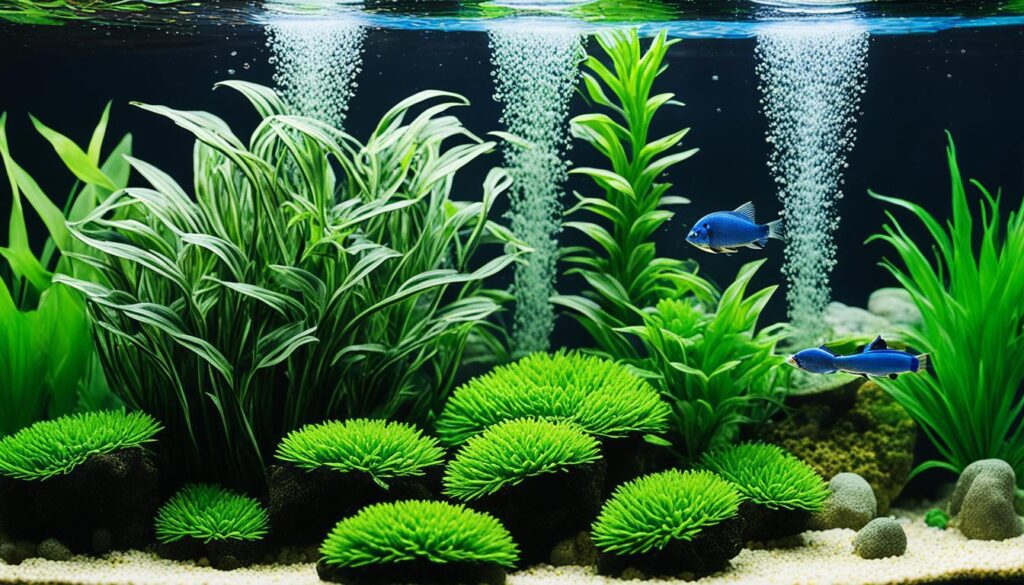
Assessing the Benefits of Air Stones in Aquariums
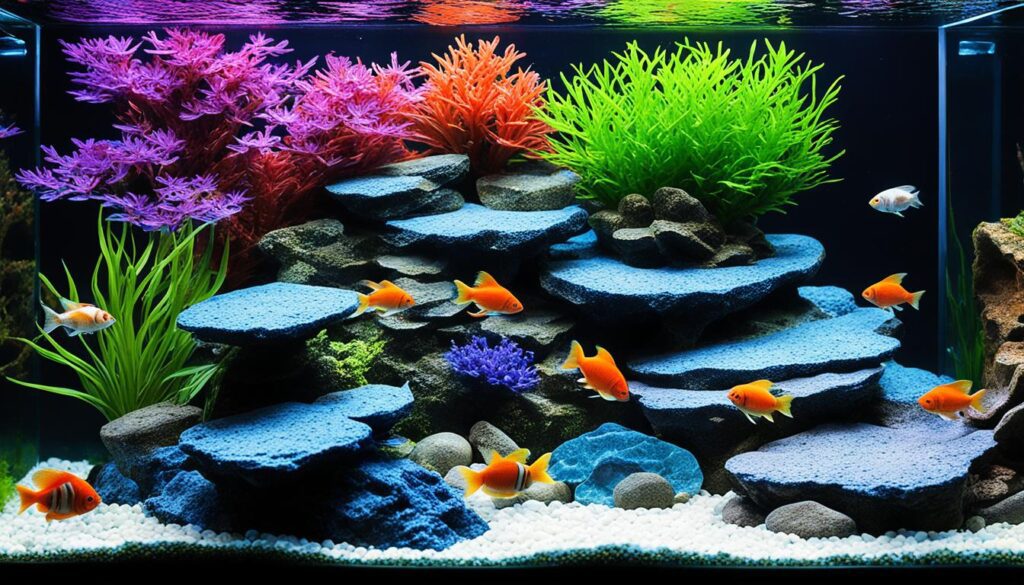
In aquarium care, good aeration is key. Air stones are great for their effectiveness and low cost. They improve your aquarium’s environment, making it better for fish and plants. Both new and experienced aquarium owners should think about using air stones.
Enhancing Water Circulation
Air stones boost water circulation in your tank. This is vital for keeping the water healthy. The bubbles they create make oxygen reach all parts of the aquarium. This helps avoid areas without oxygen, which can harm fish and plants.
Maintaining Water Quality
Air stones help keep your aquarium clean. They prevent waste and debris from building up. This helps your filters work better and keeps the water clear. Thus, air stones play a big role in keeping the water perfect for fish and plants.
Cost-Effective and Easy Installation
Air stones are affordable. They offer a great solution for better aeration without spending a lot. Setting them up is easy; you just need the stone and an air pump. They are a budget-friendly option for improving your aquarium.
Air stones are a top choice for improving your aquarium. They work well in both small and large tanks. Their benefits for creating a healthy and beautiful aquatic environment are clear. They are an easy and effective upgrade for any aquarium enthusiast.
Identifying the Drawbacks of Using Air Stones
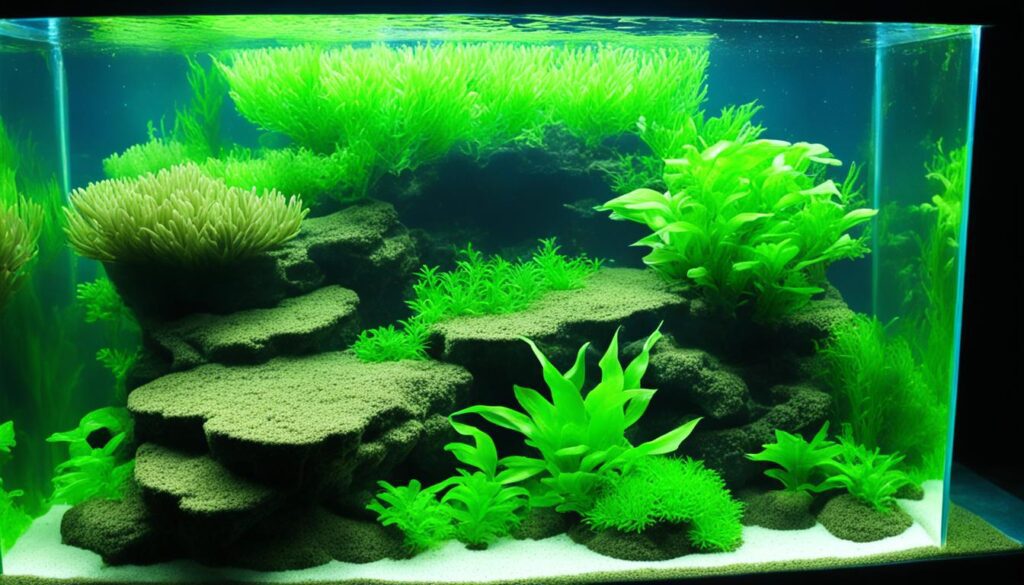
Air stones help improve water quality but they have limitations of air stones. They are affordable but don’t help in filtering waste and debris. This makes them less effective for a tank’s overall health.
They can get clogged with algae and waste if not cleaned regularly. Common air stone issues also include the need for more maintenance. Also, they might not provide enough oxygen in large tanks, requiring more aeration systems.
Sometimes, air stones make aquarium noise concerns. They can cause distracting or stressful noises for both fish and people. These sounds come from the air pump or the bubbling air.
To deal with these problems, learning proper air stone use is key. For tips on balancing oxygen and CO₂, see this planted tank forum.
Feature |
Description |
Maintenance |
|---|---|---|
Ceramic Stone Diffusers |
Produce microbubbles for efficient gas exchange, improving oxygenation with a good surface-to-volume ratio. |
Requires cleaning to prevent clogging, with occasional acid washing or sanding to remove mineral deposits. |
Plastic Body Diffusers |
Vary in stability, with some needing additional weights to prevent flipping. |
Annual service recommended: inspect fittings and replace if cracked to maintain functionality. |
Air Stones |
Cost-effective, aiding in necessary water agitation for fish metabolism but less efficient in oxygen addition compared to diffusers. |
Regular checks for algae and debris accumulation necessary; clean or replace as needed to avoid blockages. |
Knowing the limitations of air stones and common air stone issues helps. Understanding these and aquarium noise concerns creates a better environment for your fish.
Key Considerations Before Adding Air Stones to Your Aquarium
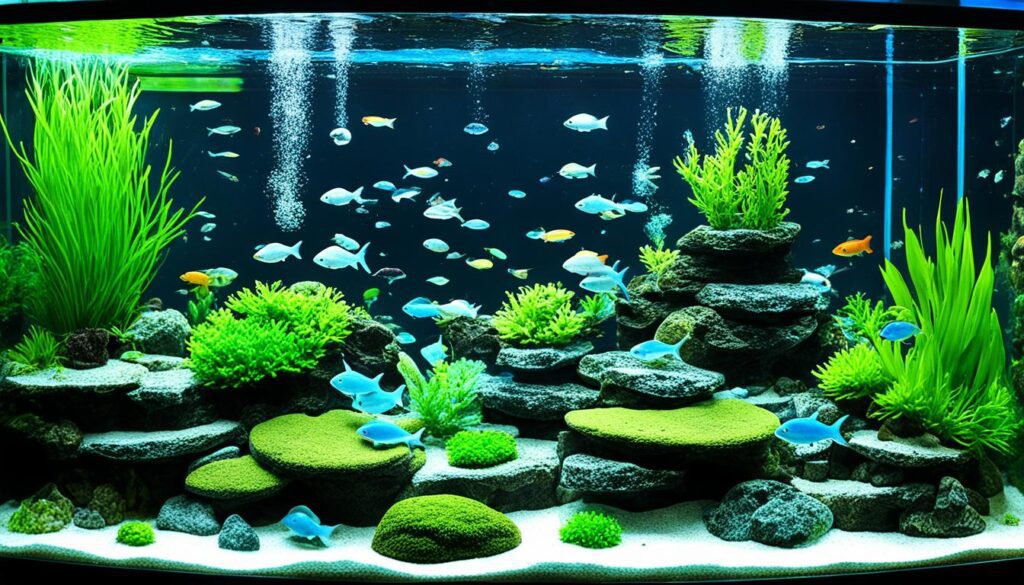
Starting with improvements to your aquarium’s aeration is important. First, understand the biochemical and mechanical needs of your set up. Adding air stones isn’t just for looks. They play a key role in aquarium aeration needs and keeping oxygen levels right. Let’s look into the important factors for this decision.
Assessing Fish Density and Oxygen Requirements
First, you need to know how many fish you have and how much oxygen they need. Fish like Koi, Goldfish, and anacharis need the right oxygen levels to thrive. Especially in tanks with lots of fish, oxygen levels should stay above 6 ppm. Fish can get by without extra aeration, but for a healthy and bright aquarium, managing oxygen levels is key.
Choosing the Right Air Stone Size and Type
Think about the air stone’s size and power for your tank. A small 20-gallon tank may need a 6″ air stone. But a larger 60-gallon tank could use two for better aeration. You should put air stones near the tank’s bottom to spread oxygen well, especially in still water areas.
The material of the air stone also matters. Some make stronger bubbles and spread oxygen better than others. Choosing the right one for your tank’s size and your fishes’ needs helps. It’s about giving your fish a good environment, not just adding oxygen.
Keeping air stones clean is vital. Clean them with hydrogen peroxide, vinegar, or mild bleach, then rinse and dry well. This keeps your aeration system working well and safe for your fish.
How to Properly Clean and Maintain Air Stones
Keeping your aquarium accessories clean does more than make your tank look good; it’s vital for your fish’s health. Air stone maintenance is key – it stops clogs and ensures oxygen flows well. Here are some steps and alternative methods to keep your air stones in top shape.
Step-by-Step Cleaning Process
First, I examine the air stone for signs it needs a clean, like fewer bubbles or bad smells. Then, I make a hydrogen peroxide solution to tackle the tough dirt and algae. While some people use bleach, hydrogen peroxide is safer for our underwater buddies. After scrubbing the air stone with a toothbrush, I soak it in the solution, then rinse it thoroughly. This method keeps the air stone working properly.
Alternative Cleaning Solutions and Techniques
Sometimes, I try different cleaning methods. Using white vinegar or a baking soda paste can be effective. For air stones that clog easily, boiling them for 10-15 minutes helps a lot. Remember to let them dry completely on a towel before putting them back in the tank. Our goal is to maintain a healthy environment for our fish. But honestly, regularly checking the air stone by hand and eye is the best way to ensure it’s in good condition. Let’s commit to cleaning our aquarium accessories for the sake of our aquatic friends.
